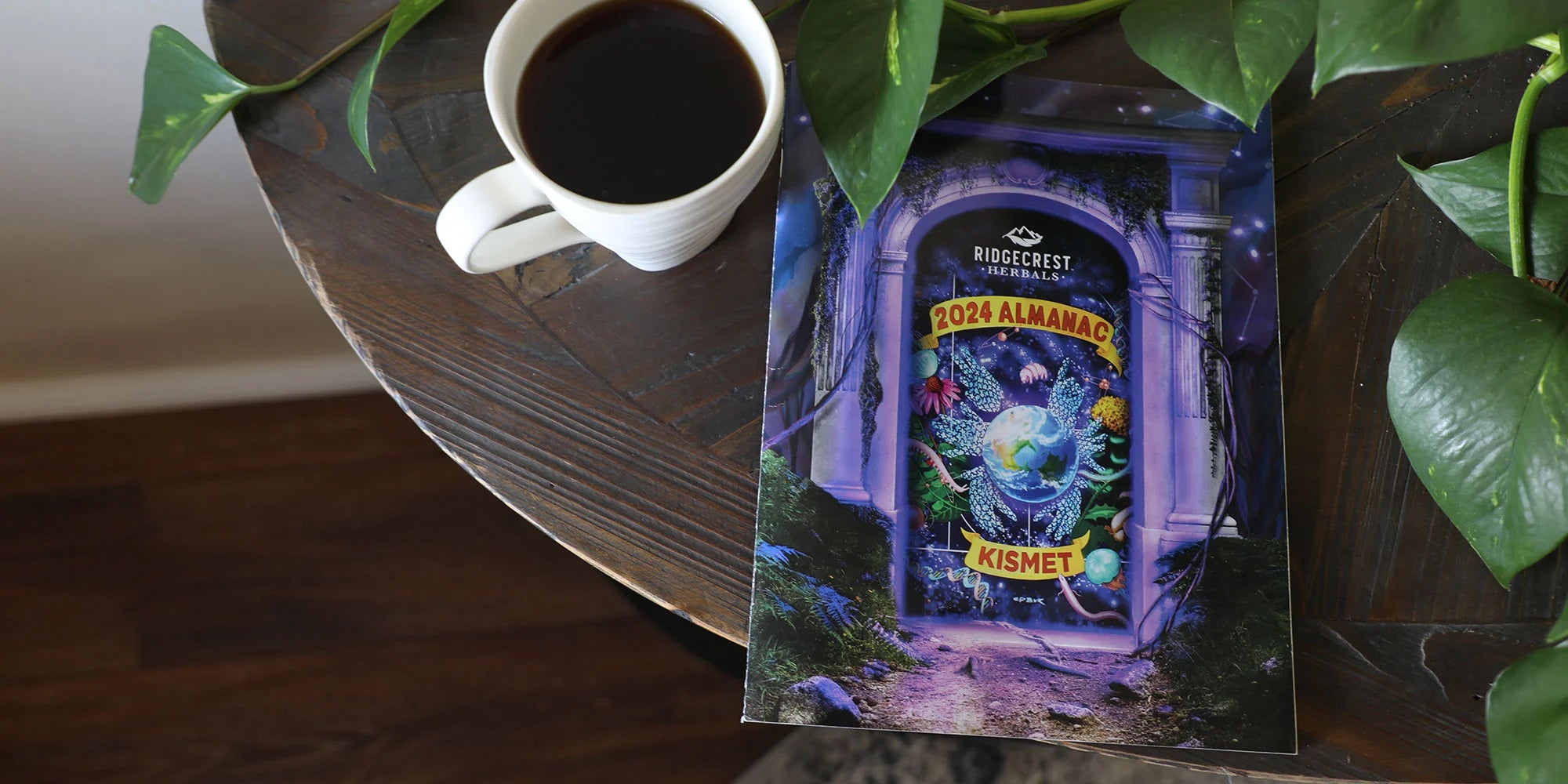Spring: Flowers
While we get to enjoy beautiful flowers with the arrival of each spring season, there is so much more happening than meets the eye. From the time they first germinate and bud to the time they’re harvested and stored, the details along the way are truly fascinating.
Bud
After a seed germinates, a plant is born, and it begins to grow. Through photosynthesis, leaves emerge, the root system develops, stems extend, new leaves grow, and finally, flower buds form. This final flowering process is a necessary part of the life cycle of many plants and how they reproduce.
Inside the tiny buds, the whole flower develops while being protected by the outside sepal. Once ready, the bud begins to open, and blossoms grow into mature flowers. This flower is the sexually reproductive part of the plant. The petals, meant to attract pollinators, are usually brightly colored and strongly scented.
Bloom
The female part of the flower is called the pistil and has four parts: the stigma, style, ovary, and ovules. The male part is called the stamen and consists of the filament and the anther. The stamen is where pollen is made. In the center of a flower is a long, slender tube with an oval or rounded end. It can be sticky, hairy, or shaped in a way that helps it trap pollen. Once the pollen is trapped, it goes down to the ovary, where the eggs wait to be fertilized. Once fertilized, the eggs become seeds, and in fruit-producing plants, the ovary ripens and becomes the fruit.
There are many uses for plants once they are in the flowering stage. Many essential oils require you to use the flower of the plant in its most blossomed state. You can make tinctures, soaps, and bath products from flowers. Flowers have many uses for arts and crafts, and many flowers are also edible! Plus, they are pretty to look at and can smell wonderful.
Harvest
The best time to pick flowers for any use is in the morning after the dew has dried. They can also be harvested in the evening after the day has cooled off. Avoid harvesting during the hottest parts of the day.
Storage
Flowers and the buds of edible plants can be pickled, eaten raw, fried, frittered, frozen, sautéed, added to soup, used as garnishes, added to cakes and desserts, and be made into jams, jellies, and syrups. They can also be crystallized or made into infused sugars.
Many flowers make excellent poultices and compresses. You can use them to make tinctures, extracts, ointments, salves, balms, infusions, and essential oils. The possibilities are endless!
You will need to dry the flower for many applications. You can use an oven or microwave, a dehydrator, silica gel, sand or kitty litter, wax, or the sun. Additionally, you can press the flowers into books or simply hang them upside down to let them dry slowly in the air. Once completely dry, you can use them for their intended use or preserve and save them for later. Storing them in airtight containers can make them last quite a while.



